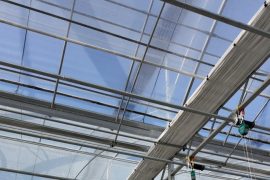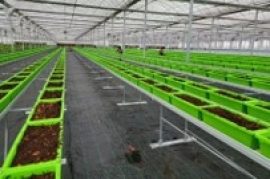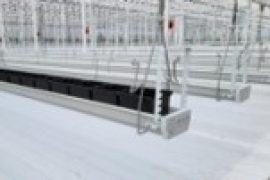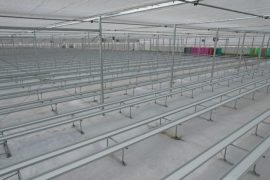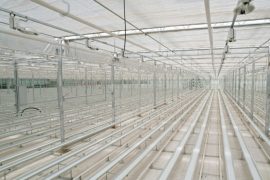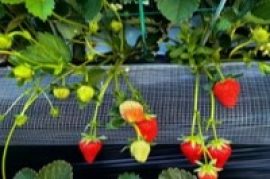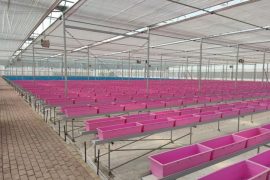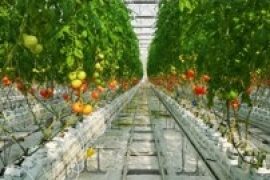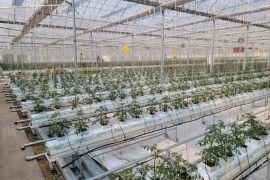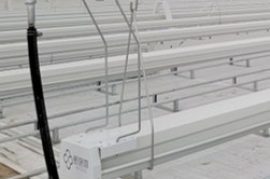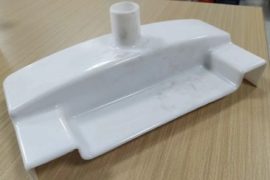Structure and Design
- Planting troughs can be above-ground or below-ground, typically made of bricks or anti-corrosive wood. They are usually 45-50cm wide, 20-25cm high, and spaced 75-80cm apart, with a length up to 40m. The troughs are sloped by about 2° at both ends to prevent waterlogging.
- The bottom of the troughs is isolated from the soil with a plastic film to prevent nutrient leakage and soil-borne pests.
- Semi-underground troughs can be 30cm deep and 80cm wide, with length based on greenhouse span.
Materials
Planting troughs are typically made of hot-dip galvanized steel plates with a polyester or polyurethane coating to adapt to the high humidity and high fertilizer concentration environment in greenhouses. The hanging and ground accessories are made of galvanized steel wire with a zinc coating of 275g/m².
Advantages of Tomato Planting Troughs
- The planting trough system allows for better control of the rhizosphere environment, including temperature, humidity, and nutrient solution supply, thereby optimizing the growth conditions for tomatoes.
- Soilless cultivation effectively prevents continuous cropping obstacles, controls the rhizosphere environment, and ensures the yield, quality, and market timing of tomatoes.
- The hanging cultivation trough can improve space utilization, reduce ground supports, and facilitate daily cleaning operations in the greenhouse.

